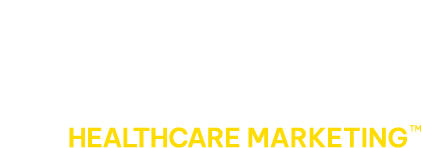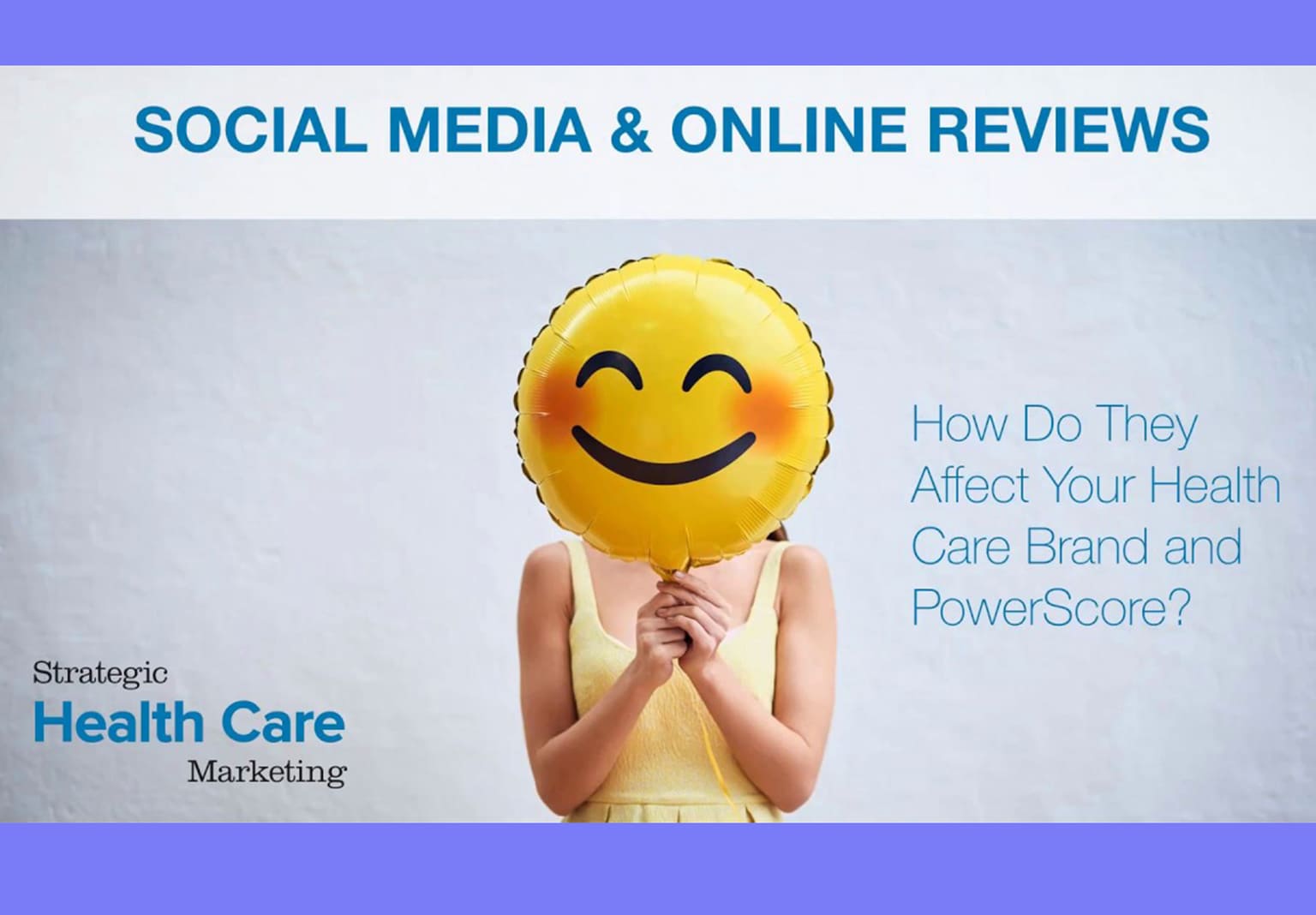Get 3-4x Better Engagement for Your Healthcare Marketing with This Five-Step Process
Often when people think of marketing, they picture Nike or Coca-Cola, big brands with even bigger ad budgets, speaking to millions at once. But the most effective marketing happening today doesn’t shout to the masses. It listens first.
Audience-Based Marketing Vs. Product-Based Marketing
Audience-based marketing is all about creating messages that speak directly to a specific group of people. Instead of spotlighting a specific product and its features, this strategy puts the spotlight on the audience: what they care about, how they behave, and what they truly need.
It’s a shift from asking, “How do we sell this product?” to asking, “Who are we talking to, and what matters to them?”
The 60% Advantage
According to a Deloitte study, companies that market directly to their audience base are 60% more profitable than those that don’t. That’s not a small edge, it’s a massive business advantage.
This stat isn’t surprising to us at WAX. Whether we’re helping clients speak directly to patients, or build trust with providers, audience-based marketing is at the heart of everything we do. Why? Because when healthcare brands take the time to understand who they’re talking to—and shape their messaging around those people—they get results.
The Method Behind Meaningful Messaging
Effective healthcare marketers go beyond basic demographics like age and gender. They build rich audience personas grounded in behaviors, values, needs, and online habits, then create messaging that resonates deeply with each group.
Implementing audience-based marketing requires both art and science, including:
- Deep audience research that goes beyond demographics
- Behavioral data analysis to understand digital content consumption
- Journey mapping to identify key touchpoints and decision moments
- Content strategy tailored to each audience segment’s needs
- Continuous optimization based on performance metrics
This is precisely where healthcare brands often need specialized expertise, the kind that WAX has refined through years.
The Vital Signs of Audience-Based Marketing Success
When healthcare brands embrace audience-based marketing, they experience measurable success:
- Higher engagement rates as content addresses specific needs and concerns
- Decreased cost-per-acquisition through elimination of wasted impressions
- Stronger brand-patient relationships built on understanding and relevance
- More efficient budget allocation focused on high-value audience segments
- Better conversion from awareness to action with tailored call-to-actions
The WAX Difference
At WAX, we’ve mastered six patient-centered marketing tools that deliver measurable results for healthcare organizations of all sizes. Our team dives deep into audience-based insights before developing targeted strategies that connect.
Our proprietary audience segmentation models have helped clients achieve engagement rates 3-4x industry averages. Why? Because we speak directly to real people with real healthcare concerns, and to the healthcare professionals who stand to benefit from partnering with our clients.
Ready for healthcare marketing that treats your audiences as individuals, not statistics? Contact us today and let’s develop a strategy that puts your message in front of the right people at the right moment in their healthcare journey.
Because when it comes to healthcare marketing, knowing your audience base isn’t just important, it’s the whole point.
SEE OUR DATA-DRIVEN STRATEGIES IN ACTION

This Data-Driven Approach Brought 900+ New Patients in 9 Months

Game-Changing Technology Yielded 95% More Customers for Nestle

Disruptive Differentiation for Patient Acquisition and Employee Retention

Innovative Social Media Tactics Engage Audiences and Grow a Health Plan

Doubling DAISY Award Nominations with National Digital Marketing





